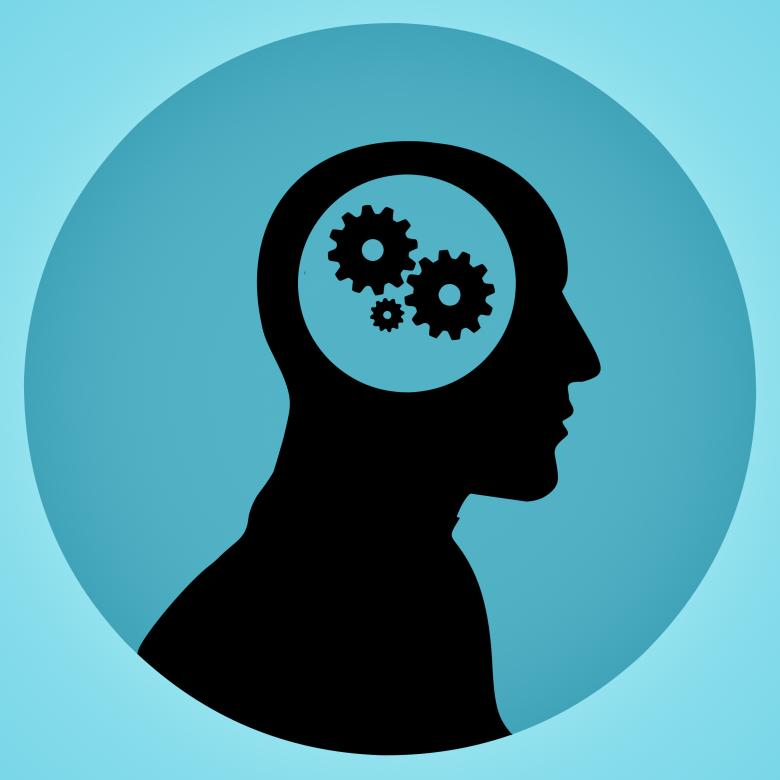No App for Pedagogy
So, you’re back in the swing of things in class. Routines and procedures have been communicated and your class is rolling right along. Now it is time to take a breath and think about how you can go about incorporating technology in more meaningful ways. Here are a few tips that can help make sure the technology is truly enhancing the learning for your students.
It is important to remember that your goals for what students should be doing in your content area is not the goal - the goal remains focused on the learning objective of your lesson. That being said, appropriately placed technology in a lesson can highlight the learning in new ways, making it more interesting or accessible for students.
Often times, looking at the wording of the standard, indicator, or learning objective can be a great approach to choosing the appropriate technologies for student work. Take a look at the following example:
The following is a South Carolina College and Career Ready standard for math in grade 6.
6.EEI.7 Write and solve one-step linear equations in one variable involving nonnegative rational numbers for real-world and mathematical situations.
Let’s assume that students can write the equations and now the class is working on solving the equations for real world situations.
A teacher could choose a website like IXL where students can input answers and get immediate feedback from the site about where they may be stumbling - additionally the website does include some skill-building reminders for students.
With a little more planning, however, teachers can choose to have the students use technology in a less passive way that allows the teacher to have a deeper glimpse into what the students know and where intervention must take place. First we must pull out that students need to write and solve math equations from the real world. So, building off those key terms...
What if teachers provided kids with a choice of real world examples that relate to linear equations as the first slide in a group of Google slides presentations? Students could choose which example interests them the most and then fill subsequent slides with the steps for solving the linear equation. This would allow teachers to see exactly where in their computation mistakes are made (if they are made) and engage the student in technology creation rather than consumption. Students could then use a tool like WeVideo to narrate how the equation was solved and a small video library of tutorial videos could be build for the members of the class, school, or community. Additionally, this shift in how the technology is being used allows students to practice literacy skills as they write their script for solving the problem and practice speaking clearly as they record their narration.
The key to making this shift is zeroing in on the language of the standard: write and solve and reflecting about what web apps can be used to show writing and solving. The same process can occur when students are asked to model, analyze, classify, or compare.



Comments
Post a Comment